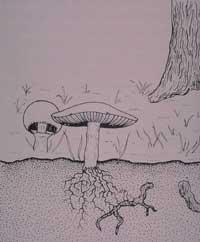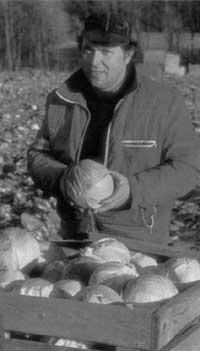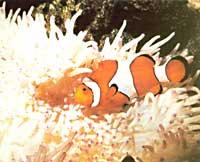Replanting contaminated soil
2000/09/01 Becerril, Jose Maria | Duñabeitia, Miren Karmele | Salcedo Larralde, Isabel Iturria: Elhuyar aldizkaria
One of the biggest environmental problems of M undu and, especially, of the Basque Country, is the high volume of contaminated land, as a result of the disorganized industrial activity of recent decades. Soil contaminants can be divided into two main groups: organic (lindane, hydrocarbons, etc.) and metals such as lead, cadmium or mercury.
Metal contamination, in general, is related to mining activity, metallurgy, incineration facilities, etc. and are found in uncontrolled landfills. A clear example of this problem has been the one that occurred in Aznarcollar, near the Do-ana National Park, but the existing problems in Euskal Herria are not minor.
Unlike organic pollutants, heavy metals cannot be degraded, so the strategies to be developed for their control are permanent immobilization or selective exclusion and accumulation. Due to the difficulties of degradation, the recovery technologies of these soils are scarce, inefficient, difficult and costly.
Other alternatives have recently begun to be used, including phytoremediation. This technique is based on the use of plants to remove or reduce metals or other contaminants. In this way, plants absorb metals and accumulate them, the soil descends. The harvest of the plants is then collected and purified as a polluting waste. However, these techniques also present some problems.
Most plants in the world have their roots (95%) in symbiosis with soil microorganisms (mycorrhization with fungi or bacteria), favoring their extrespinal growth. In the case of mycorrhization, plants have advantages such as increasing food resources, preventing drought and pathogens and resistance to high concentrations of heavy metals in the soil. Therefore, the presence of these microorganisms allows plants to adapt to special soil conditions, otherwise it would be impossible to survive.
Thus, the Plant Biology and Ecology team has designed this project with the following main objectives:
1- Selection of symbiont microorganisms (fungi, bacteria) susceptible to containing heavy metals
2.- Obtaining mycorrhized plants with sustainable microorganisms
3- Replanting contaminated soil with mycorrhized plants obtained
Currently, after the selection of microorganisms and mycorrhization, several plots have been selected in some landfills and mycorrhized plants have been placed. The objectives are to avoid over time the erosion due to plants and progressively eliminate pollutants from the soil through the movements of pollutants. As has already been said, these objectives will be assessed in the medium term.

Gai honi buruzko eduki gehiago
Elhuyarrek garatutako teknologia





